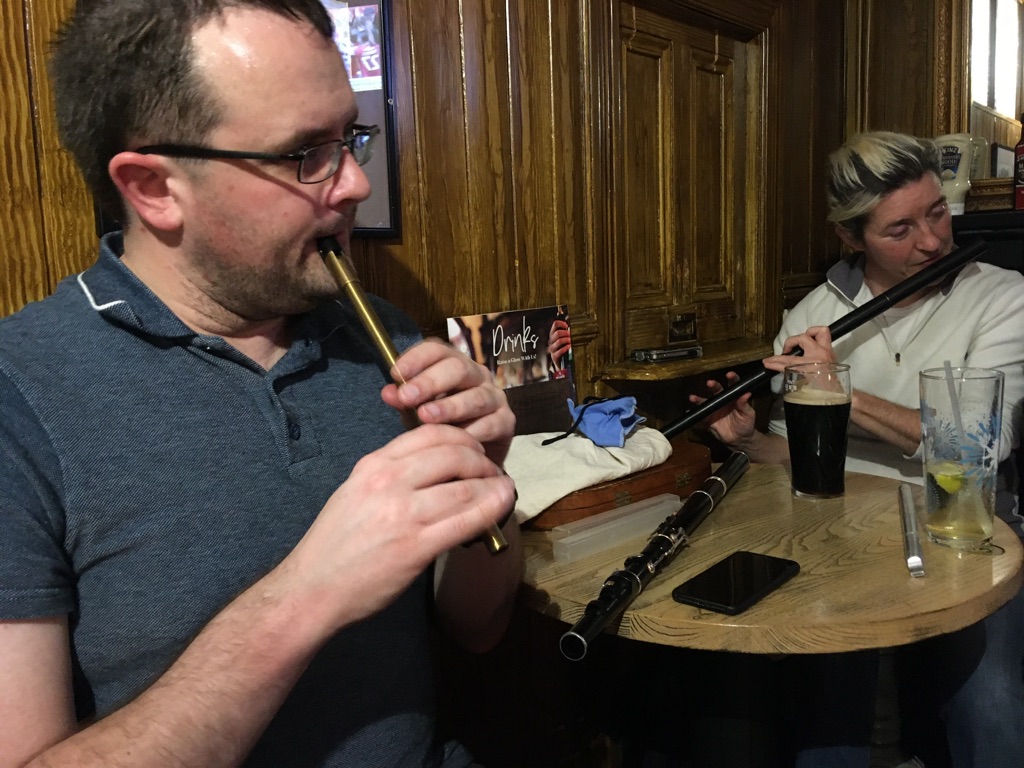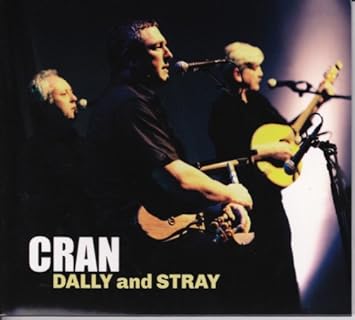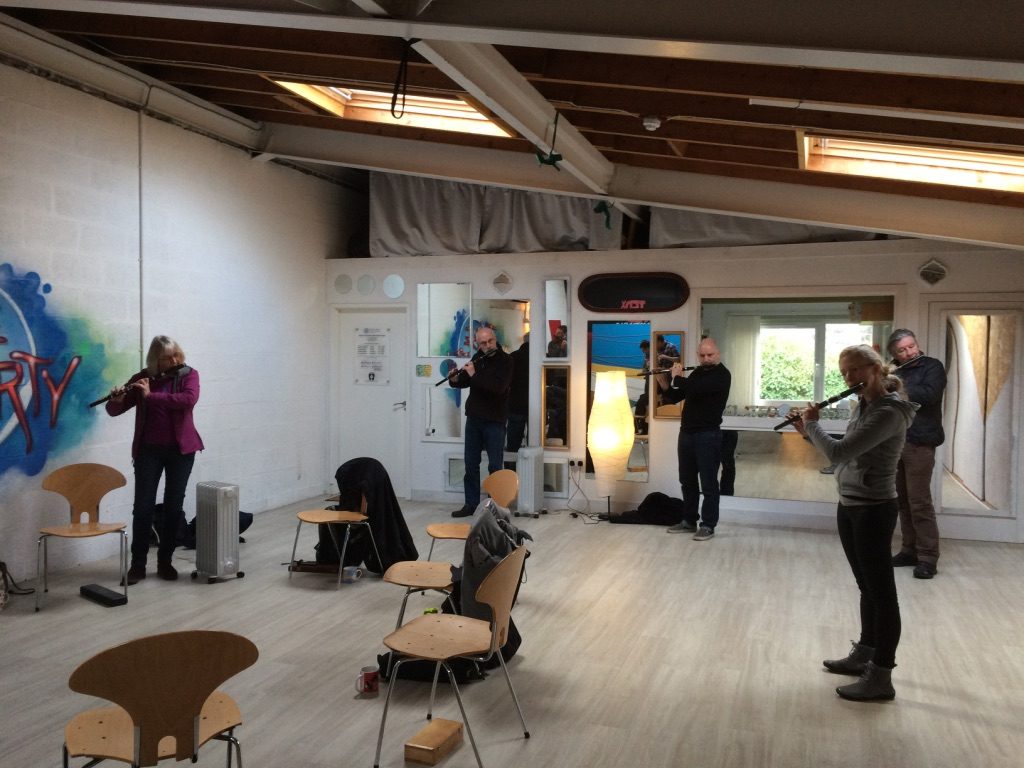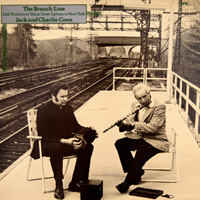FluteFling NE Tunebook Project: 07 The Road to Banff/ Rose Wood/ Milltimber
This seventh video in the series features three popular jigs with Aberdeenshire titles.
For background to the project of 10 sets of tunes being recorded over 10 weeks, and to see the first video, start here. Alternatively, go straight to the videos on my Youtube channel.
You can download the free PDF of the sheet music here:
FluteFling Aberdeen 2019 NE Scotland Tunes
Jiggin’ About Banff, Aberdeen and Milltimber
FluteFling NE Tunebook Project: The Road to Banff/ Rosewood/ Milltimber
This seventh video in the series features three jigs with Aberdeenshire names. These are from the FluteFling NE Tunebook of Scottish session tunes for flute and whistle and I play these on my Alba low whistle in D.
The Road to Banff
The Road to Banff is by Malcolm Reavell and is used with permission. It was first published in The 90s Collection of new compositions in Scottish traditional music and has since become firmly established in the session scene. A fine flute player, Malcolm is a supporter of FluteFling and has written about the 2001 event in Aberdeen that he organised, which subsequently inspired FluteFling. The tune is a joy to play on flutes and whistles and is in D. Look out for the distinctive syncopated phrases.
“This jig of Malcolm’s was published in “The 90s Collection”, and I believe out of all the tunes in that book, this is the only one which was composed by a flute player. It’s popular in and around Aberdeen because I’ve been teaching it to whistle classes for the last 5 years or so. A nice jig for either flute or whistle.”
Rose Wood (George Rose Wood of Aberdeen)
George Rose Wood of Aberdeen was written by Aberdeenshire fiddle composer James Scott Skinner (1843-1927) in honour of his concert agent. You can find more on the background of the tune at Tunearch.
The jig is known in the Irish tradition and is very much a fiddler’s tune as it can be a challenge on the flute or whistle. The jig is in A and shifts into E at one point, so unavoidably has G# and D# notes. However, it may be possible to tackle the tune without keys by half covering some of the holes. The success of this will depend on the design of your particular instrument and I use a low D whistle to try and show the potential possibilities.
Milltimber
Written by fiddler Ian Crichton, this jig is named after a suburb of Aberdeen. There’s a good discussion on the tune on The Session.
The jig is in D and once more features syncopated phrases. The tune drops down to a low A, out of the range of the flute or whistle, but there are a couple of ways around this. I found that simply playing the A above the written note fits well and makes musical sense within the tune, creating rhythmic interest that is echoed elsewhere in the melody.
Ten weeks of videos
Over a 10 week or so period, I am recording and uploading to YouTube a set of tunes from the PDF roughly once a week. The aim is to introduce the tunes, point out some techniques along the way and then play them as a set as I might play them in a session.
As I go along, I’ll take in suggestions to improve the sound and presentation and get back into the way of teaching again. There is an in-built slow down function in YouTube and the PDF is available to everyone, so why not join me on the journey?


 Hunt the Squirrel has a rich history. The Sleeve notes for Cran’s Dally and Stray CD seem to be no longer available online, but a search around sees it associated with Dumfriesshire and Ayrshire.
Hunt the Squirrel has a rich history. The Sleeve notes for Cran’s Dally and Stray CD seem to be no longer available online, but a search around sees it associated with Dumfriesshire and Ayrshire.
